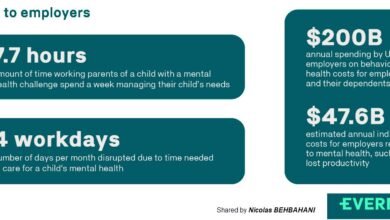
By | David Klaasen | Helping You Create Clarity, Inspire Your People & Drive Performance | Retain your best people | Changing Management Mindsets and Behaviour | Practical Behaviour Analytics
Reject Conventional Wisdom
Conventional wisdom says “Treat others as you would like to be treated” and yet this is the root cause of most performance problems and communication challenges in the workplace (not to mention personal relationships!). In a massive study of mangers who were leading high performance teams, researchers Marcus Buckingham and Curt Coffman discovered that great managers have very little in common. However, they all reject conventional wisdom.
They also have the discipline to implement and prioritise a routine, of meetings and conversations, despite the relentless day-to-day pressures of getting their actual work done. This routine helps to keep them focused on unlocking individual performance even though there are many other business demands competing for their attention.
Every business has its own culture and great managers each have a unique style but in their book ‘First Break All The Rules’ the researchers discovered that hidden in all that diversity there were four characteristics common to them all. These characteristics enable the great managers to know their people well enough to be able to treat them as they need to be treated – not as the manager would like to be treated.
- Keep it simple
Great managers dislike complexity and I share that sentiment. I have seen numerous bureaucratic appraisal processes including one at Forte Hotels that had 8 colour-coded sheets to investigate and explore every aspect of someone’s performance and development needs . . . and it never got used!
Great managers keep it simple, simple enough to get results and simple enough to keep doing it, even when under significant time constraints due to other demands. They like to concentrate on the truly difficult work of what to say to each employee and how to say it – according to the employee’s needs.






